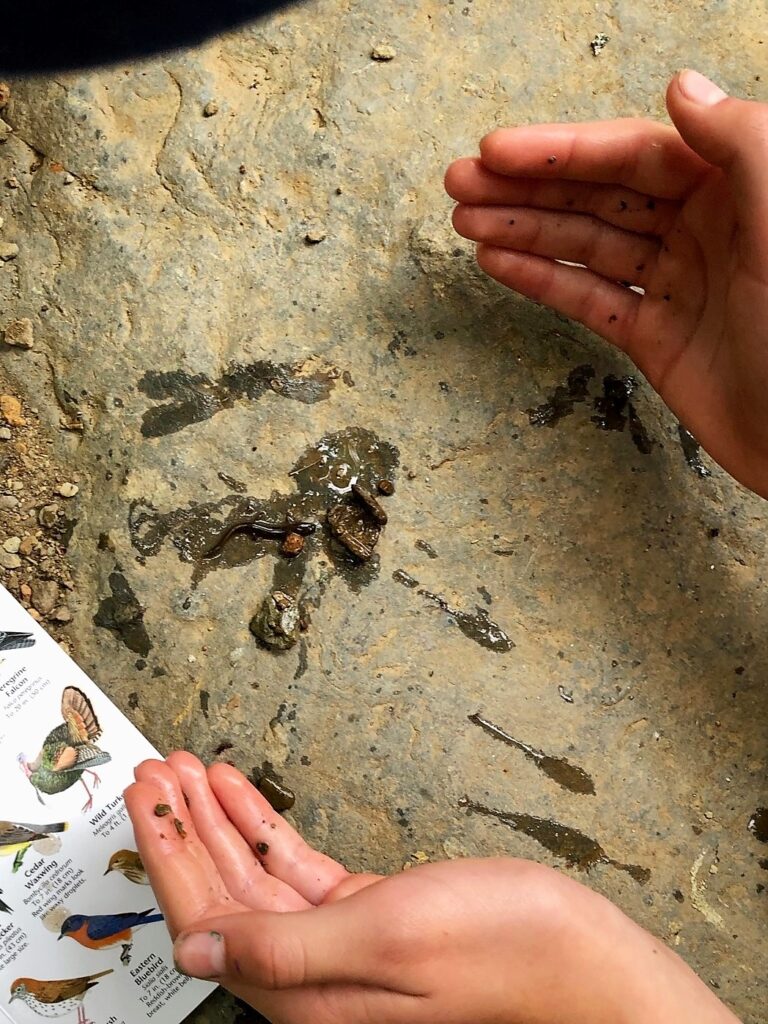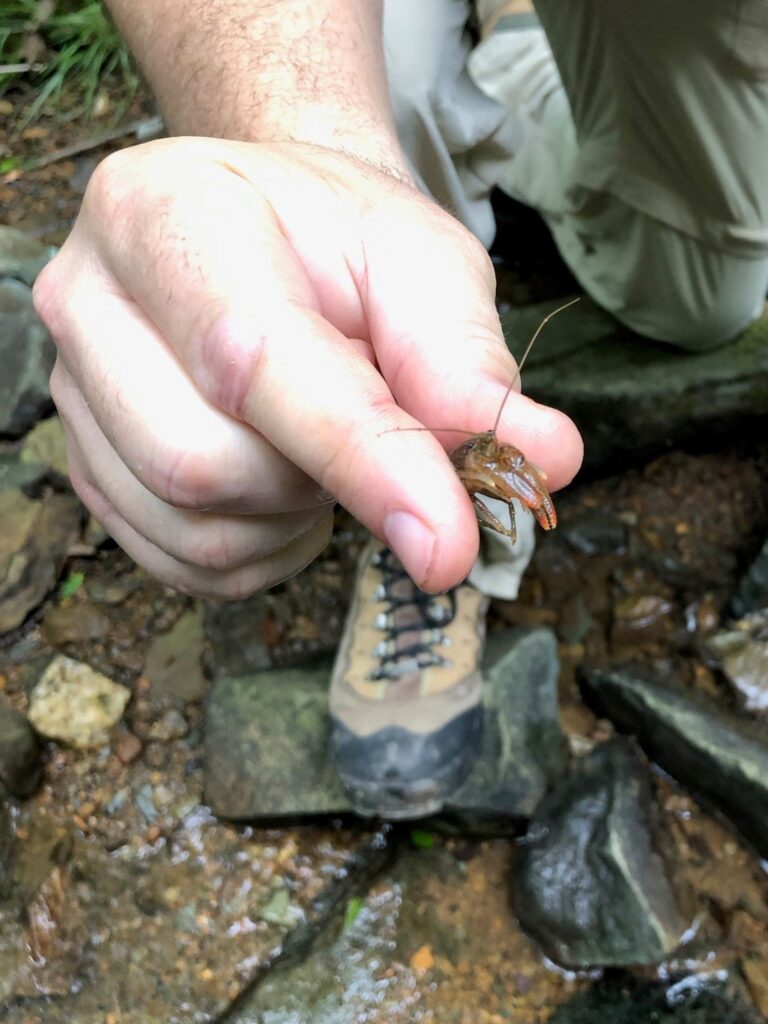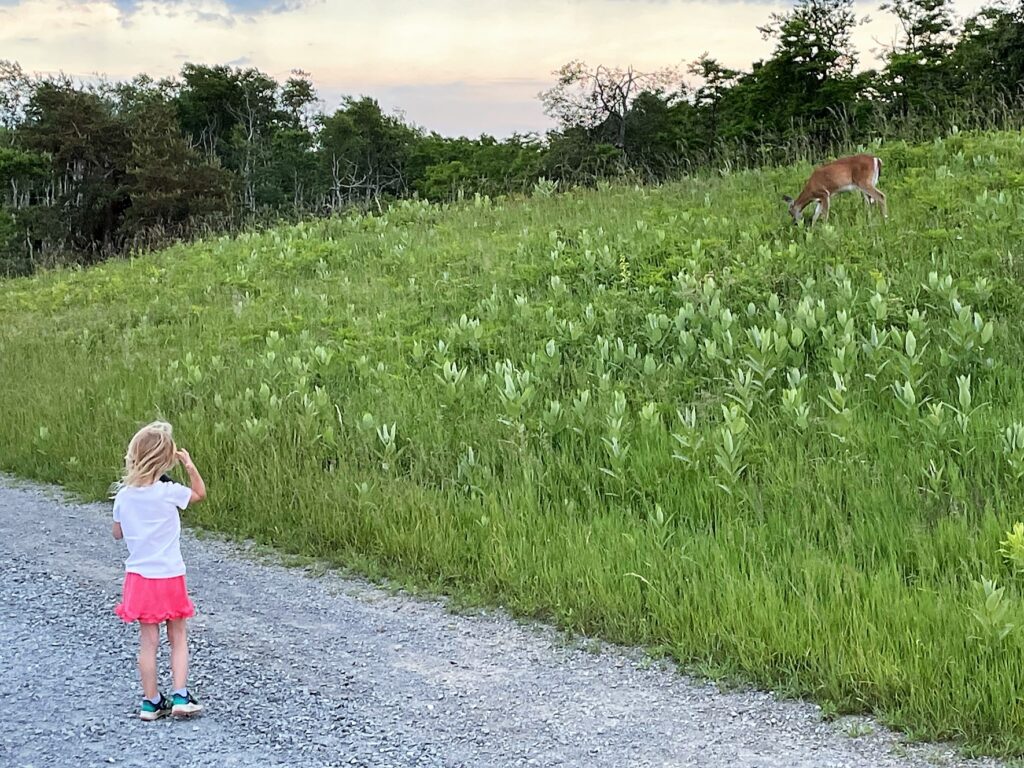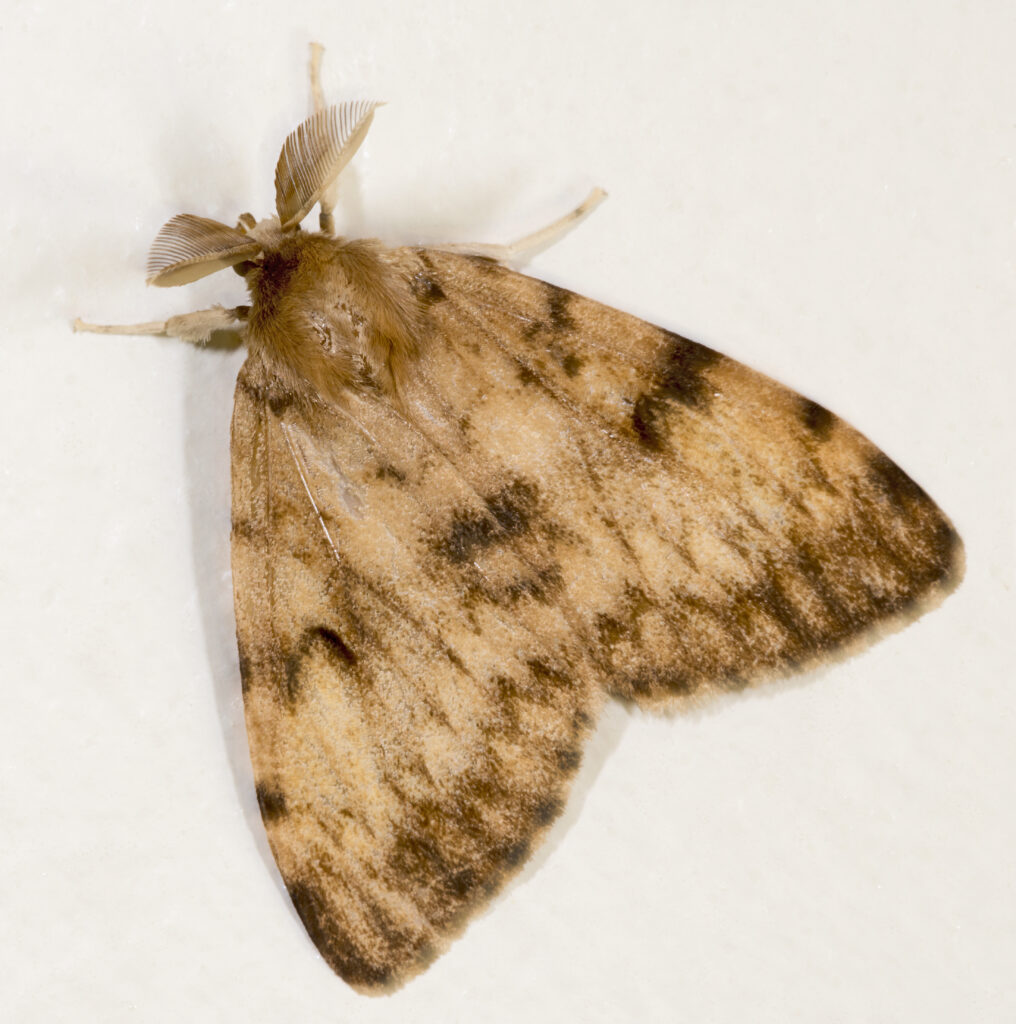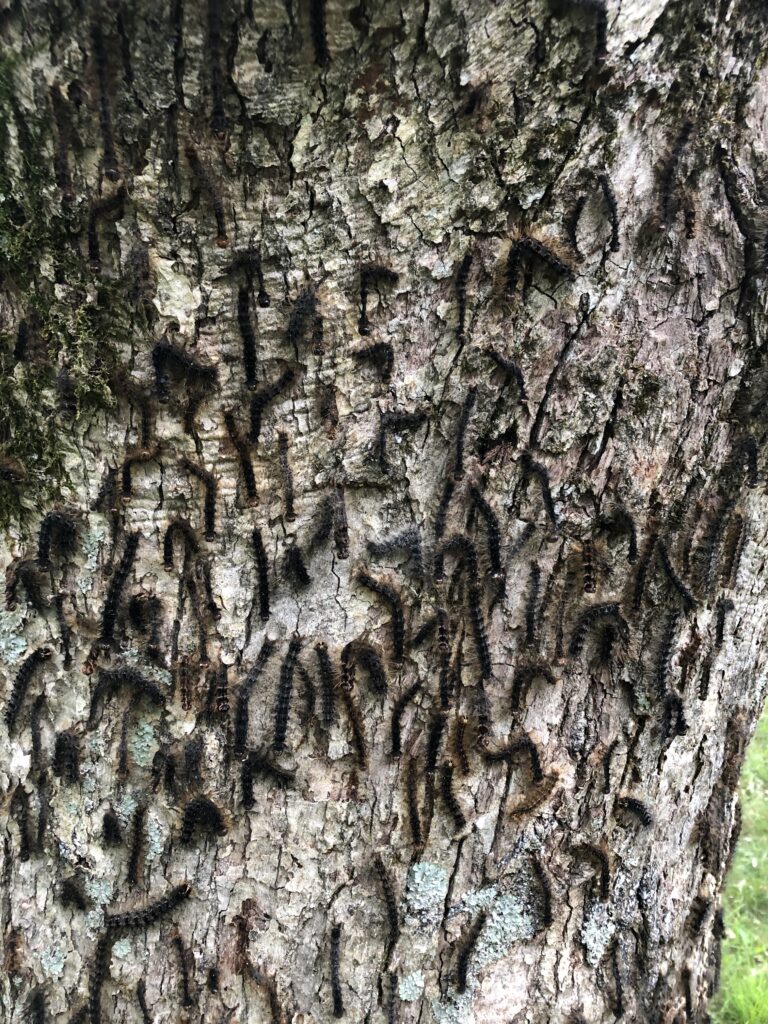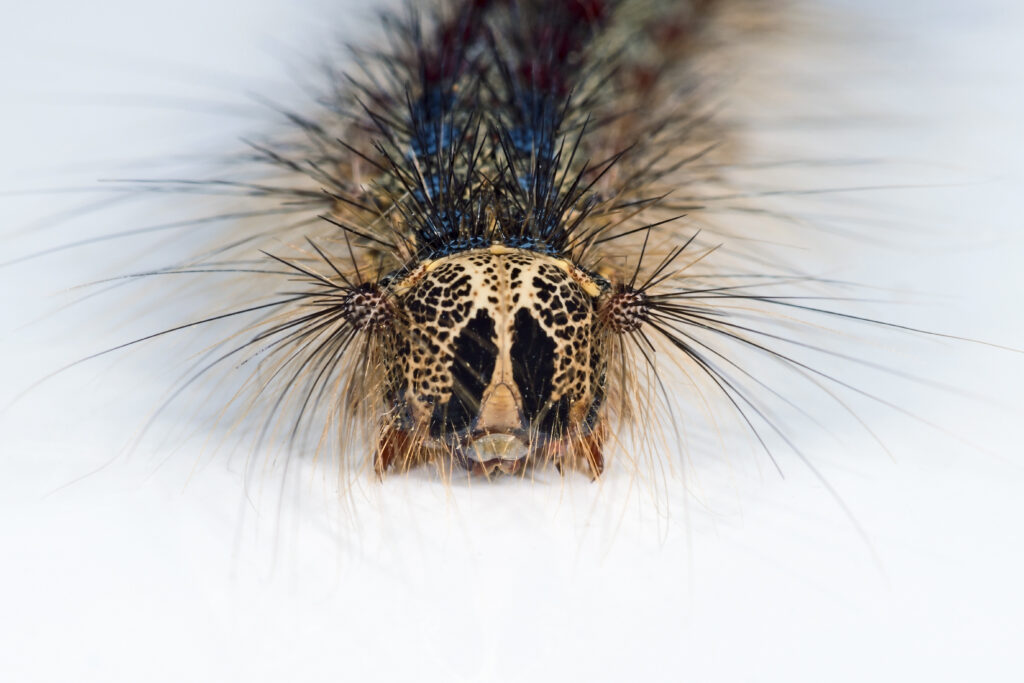One of our favorite kinds of trips is one where we do an RV meetup with family, and if meeting up with family is great, meeting up with family at a national park is even greater. This time it was linking up with Cliff, Ansley, and Margot in Shenandoah National Park. And Shenandoah was a special treat for both families. I had always thought of Shenandoah as mostly a road: a ridgetop highway (Skyline Drive), with the national park being a small ribbon of forest sloping down on either side. Actually, no. The park is over 200,000 acres in size, which means the border on either side of the roadway is MILES wide. And there are over 500 miles of hiking trails, 90 perennial streams, and dozens of waterfalls. So, because we arrived a day ahead of Cliff and the girls, we did our usual thing: went to the visitor center, explained the constituency of our family group, and asked for the best way to spend a few days. Armed with the list the rangers provided, we spent a long weekend of hiking, listening to ranger talks, and hanging around the Big Meadows campground, which involved a considerable amount of dodging wandering cervidae.
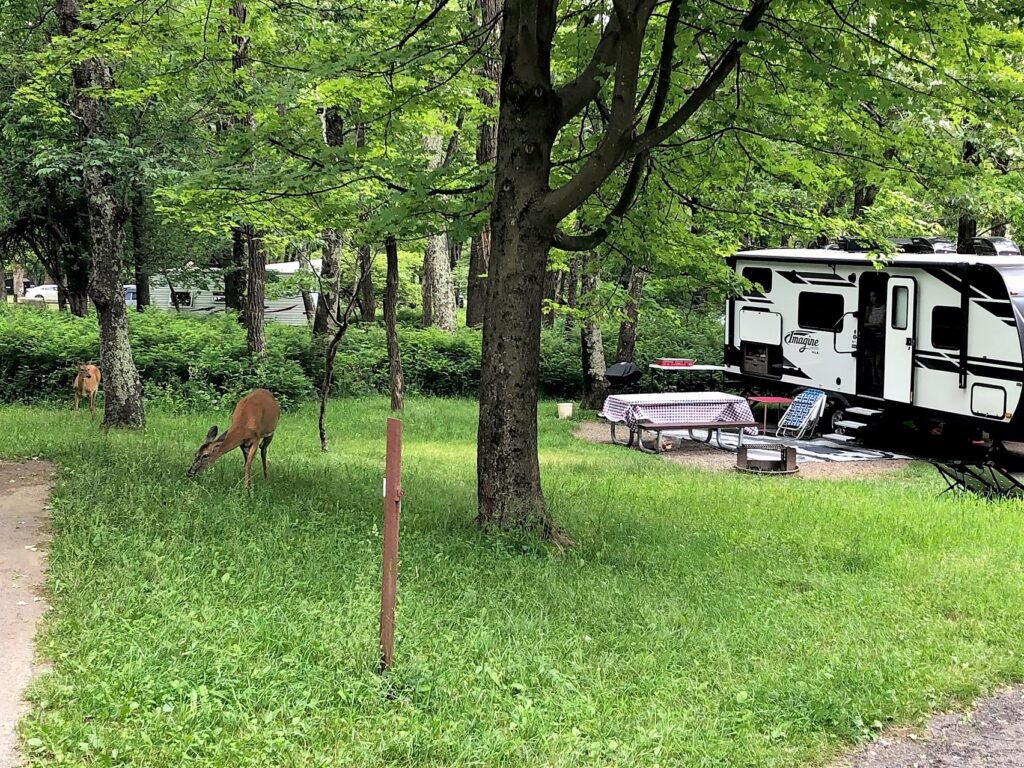
We all agreed that the trip was one of the best ever: wonderful campground, beautiful scenery, great ranger talks, fun hikes, lots of activities, and pretty much all we could want.
Including one weirdness: the park is being overrun by gypsy moth caterpillars. Really. Billions of the little wooly buggers. Like many such problems, this one has its roots in human miscalculation. It seems that some Frenchman (it figures), namely one Étienne Léopold Trouvelot, decided in 1869 that he would interbreed the gypsy moth caterpillar with silk worms and, I don’t know, make more French women’s panties or something. In any event, the caterpillars escaped, started to spread, and within 10 years had devastated a huge fraction of the northeast’s hardwood forest. Little by little they’ve been spreading ever since, reaching the Shenandoah National Park in the 1990s. And they are wiping out the park’s population of native oak trees.
It turns out it is possible to eradicate the gypsy moths (as was successfully done in the Pacific Northwest). Unfortunately, though, as one of rangers put it, getting the Park Service to launch a program to kill animals (even invasive ones) requires a long (like, L-O-N-G) approval process. It can be done, though. A little further south in Great Smoky Mountains National Park, the hemlock trees are being devastated by the wooly adelgid. There, though, the Park Service has launched an extermination program involving not only chemical controls but even “predatory beetles.” So far, those results are encouraging. Whether the Park Service can jump through its bureaucratic hoops before the Shenandoah oak trees are gone remains to be seen.
We’ve decided that because Shenandoah National Park is only a half-day drive from Cliff’s location, it’ll be a great spot for periodic get-togethers. We’ll be back soon.


